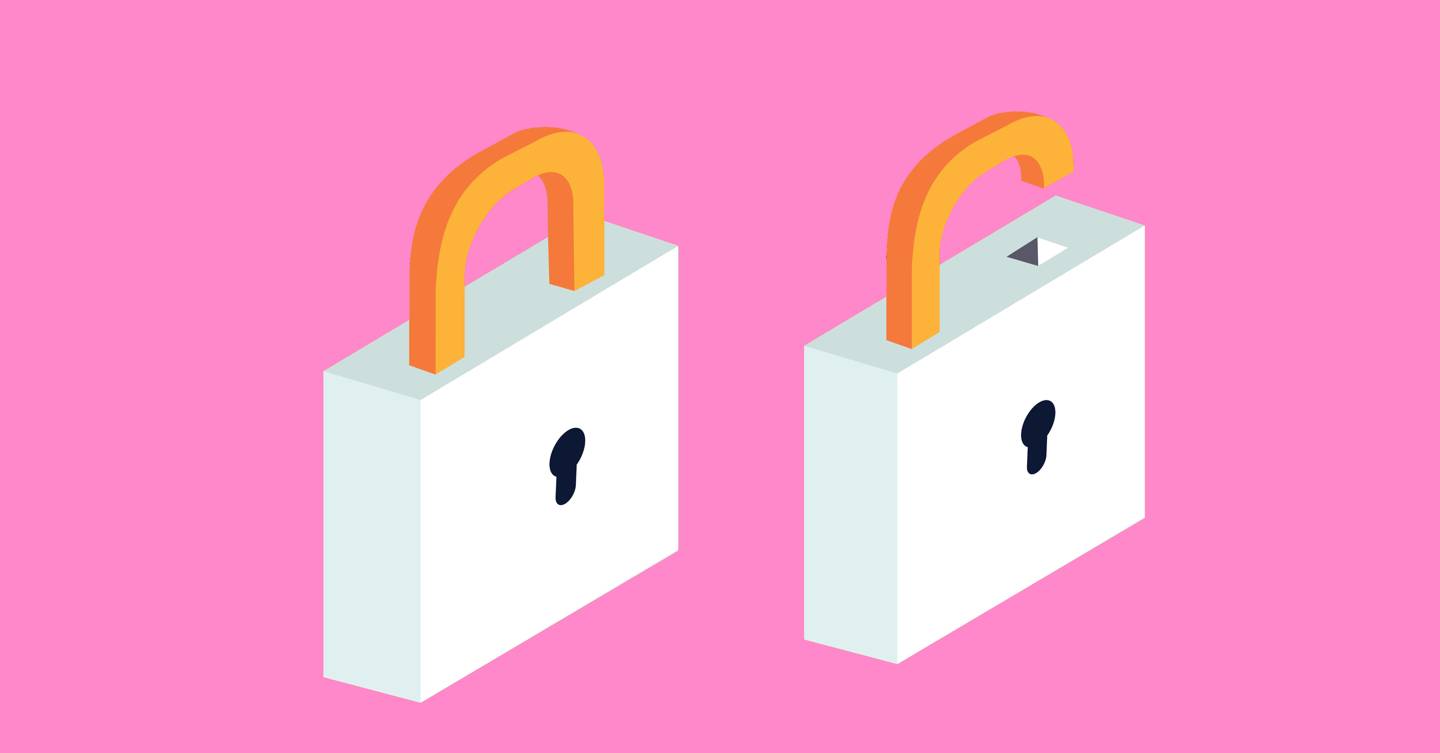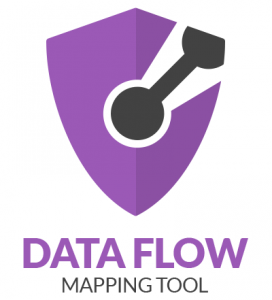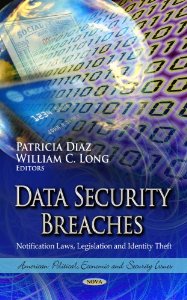By Robert Lemos @ DarkReading.com
Your organization’s most valuable data may be stored in scattered – and insecure – locations. Here are some tips for identifying that data and making sure it doesn’t leak out
When Michael Belloise joined human resources outsourcing firm TriNet four years ago as the IT manager, the amount of sensitive data held by the company put him on edge.
TriNet handles payroll and benefits for its customers. As such, its systems store Social Security numbers, birth dates, employee ID numbers, and addresses for 100,000 workers at other companies. That data isn’t necessarily subject to the kind of detailed privacy and security rules covering financial transactions or healthcare information, but it’s highly sensitive nonetheless.
Belloise brought in data loss prevention vender Vontu (now part of Symantec) to install a data discovery appliance that finds and monitors all data leaving the company’s network. The results, says Belloise, were shocking.
“I dare not drop any numbers about what we saw, but it was egregious,” he says.
TriNet had secure ways of transmitting and storing data, but its employees were using alternative, less-secure methods, including unencrypted portable media, drop boxes, and attachments to email sent from personal accounts. In most cases, they were skirting the rules in order to serve customers faster, but some of the activity looked questionable and possibly malicious. The security violations didn’t result in any data breaches, but the results were eye opening, Belloise says.
“It was to the point where you couldn’t put your head in the sand anymore, because it was that shocking,” he says.
Belloise called a meeting of C-level execs and embarked on a mission to secure the company’s data. TriNet first studied its data to gauge the risk it faced. Then it altered processes and educated employees to minimize misuse of data, and also installed a DLP system to monitor compliance.
TriNet’s experience isn’t all that unusual. Sensitive data has a habit of spreading throughout companies and ending up in places it shouldn’t be–places it’s more likely to be stolen or accidentally leaked. Lost, stolen, and inappropriately disposed-of laptops have accounted for the greatest number of breach incidents in most of the last five years, according to The Leaking Vault 2011, the Digital Forensics Association’s comprehensive report. But much of the information that’s on those laptops shouldn’t have been there to begin with.
Read more on Finding and Securing Sensitive Data >>>
Related topics to Secure the Enterprise Data
Data Protection for Virtual Data Centers
The Data Asset: How Smart Companies Govern Their Data for Business Success 
Privacy and Big Data
:
:
:
:
:



































